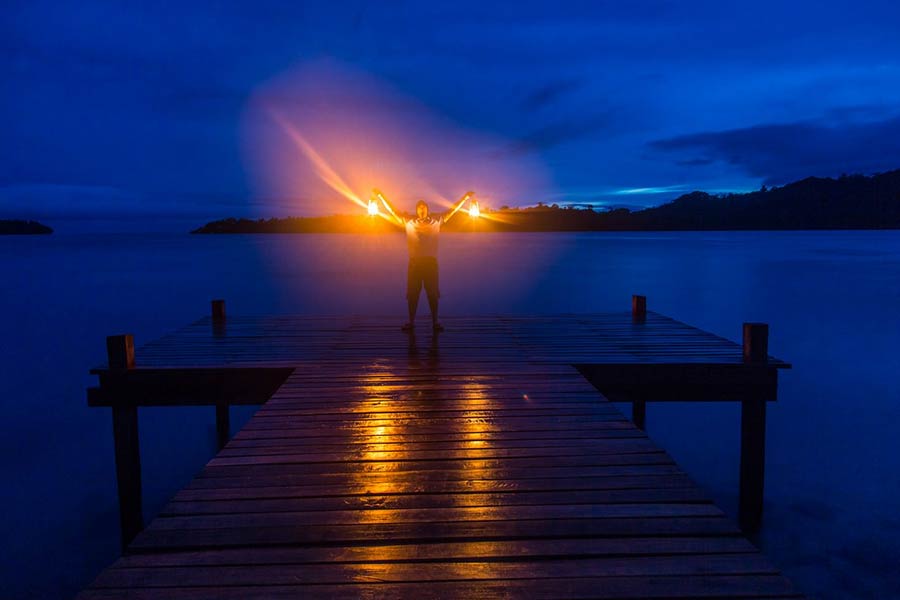
Well, hello travellers! If you’re doing travel research on what all fun and exciting things you can wind up doing in the Happy Isles (which is what Solomon Islands were known as!), you’ve come to the right place.
Our South Pacific Specialists have made a ‘Top 10’ list of things to see, eat, do and explore in Solomon Islands – now, just remember that these are not meant to be done in sequence or anything. Just don’t leave them unexperienced. These items are what makes Solomon Islands unique; as travellers, it helps understand the country and the people that much better.
We’re just getting the big obvious out of the way – Solomon Islands is not as flashy as its other South Pacific cousins like Fiji or Vanuatu, but this also means its beaches, coral reefs and sights are as pristine as they’re talked about. And its dive operators know the spots which will blow adventurers’ minds away. Must do? A dive at the wreck of Toa Maru (or Toa Maru No. 2), the Japanese war transport ship which was wrecked off Gizo’s waters. Just like Vanuatu’s Million Dollar Point, this spot is preserved by the sea and nature till date. Scuba-divers can check out overturned tanks, quaint sidecar motorcycles, ammunition mags and more – no wonder this site is a permanent addition to the Top 20 dive sites of the world! From WWW (World War wrecks!), we’ll take a sharp turn to the lively Grand Central station – no, not the one in New York, it’s the one in Solomon Islands! And it’s underwater and the meeting point of two currents and hosting a mini universe of marine life. The coral reefs start at 5 metres underwater and flatten off at 28 metres, but divers will need four pairs of eyes just to absorb the sheer number of fishes flitting and zipping past! Then, there is Tomba Tuni, often called Mushroom Island, the Bonegi drops… we’ll have another blog to rave on it. You get the idea – scuba-diving in Solomon Islands is legendary.
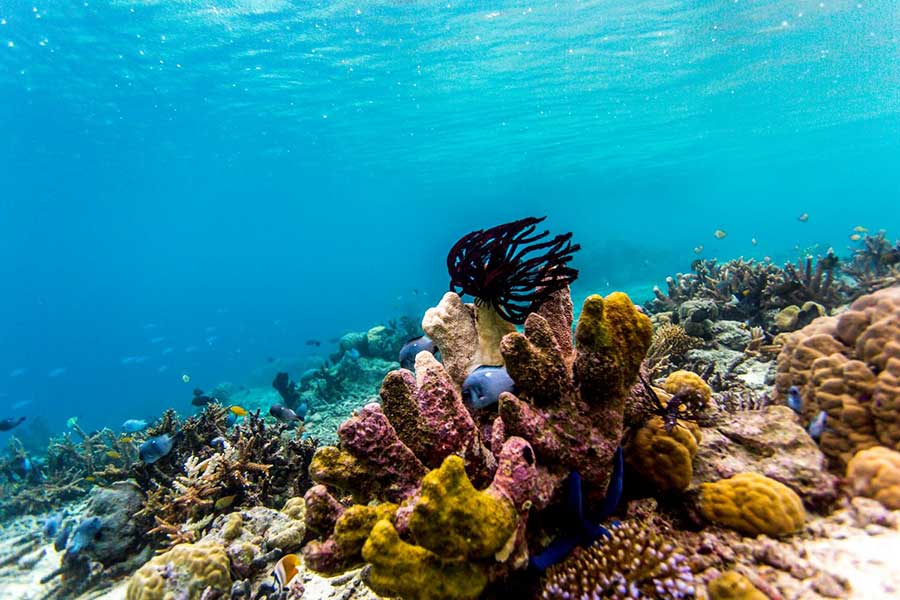
Yes, as you walk on its silky white sand beaches and snack on a seafood skewer, know that even these peaceful islands were ravaged by WWII. Some sites, like the Toa Maru, have been reclaimed by nature to provide shelter to fishes and coral, but there are plenty of monuments, war sites and memorials to know more about. History-seekers’ first stop should always be the Vilu War Museum, where a proper grounding can be made about Solomon Islands’ WWII involvement. There are also memorials recording Australian, Fijian, US, Japanese and New Zealand participation in the world war. From Japanese fighters to anti-aircraft guns and other memorabilia, there is plenty of history to soak in on a sunny afternoon. Then, there is the WWII Museum just off Tetere Beach and the privately-owned Peter Joseph WWII Museum. From there, history buffs can move to a tour of the Baeroko Bay and Bloody Ridge – just take a guide because it’s just better that way.
Skull Island. Now, that’s a name you won’t forget after visiting. Also, because it’s a shrine which was frequented by the islanders after winning their duels. There are time-bleached human skulls adorning the shrine, their permanent gap-toothed smile facing out with sightless eyes towards travellers.
Sea turtles are just the chillest animals on the planet, but they’re also amongst the most endangered of species. So, on this Solomon Islands holiday, take some time out and learn about these gentle creatures. Ask and sign up for a tour of one of the many sea-turtle nesting grounds and who knows, you might end up helping a few baby turtles make it into the sea! There are several community-based efforts spread over the islands – there’s one in on the stratovolcano island of Kolombangara, it’s vividly beautiful and is worth checking out.
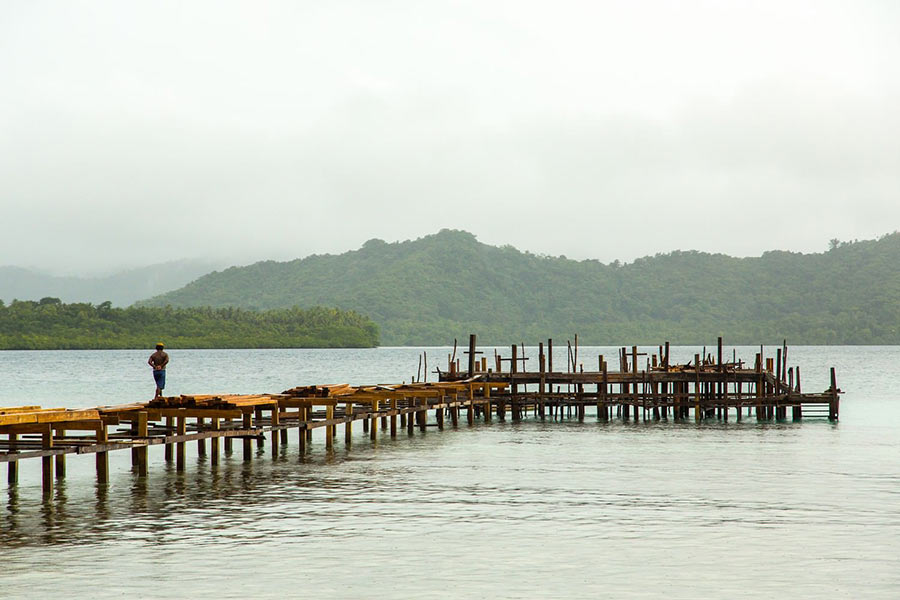
The Bonegi beach is famous for several reasons. One, because of its drop-dead gorgeous black sand beach; two, because of its healthy coral reefs; three, because of the two Japanese freighters which were sunk a short distance away from the beach. Must visit, do take a picnic hamper with you.
A boat-ride away from Honiara, Rennel and Bellona (like the Roman goddess of war) are unique because they are what’s called raised atoll islands. Visually striking, they make for fantastic photo-subjects. Then, they adjoin the world’s largest raised coral reef in the Lake Tegano. A World Heritage site, it extends for over 215,000 square acres!
Explore the world’s largest saltwater lagoon – the Marovo lagoon and its marine life. Like the Great Barrier Reef, it’s protected by a double coral reef system. It’s sea-snakes, dolphins, eels and marine life add to a magnificent day spent out and about. You will want to carry about your flippers and a snorkel.
Surfing in Malaita or Tagovave on Guadalcanal’s Weathercoast – You’ll have ask around for a proper board if you haven’t already carried one over, but finding the right surfboard shouldn’t be a problem! Go ahead and enjoy the tubes; it’s not uncommon to find the beach and the waves all to yourself.
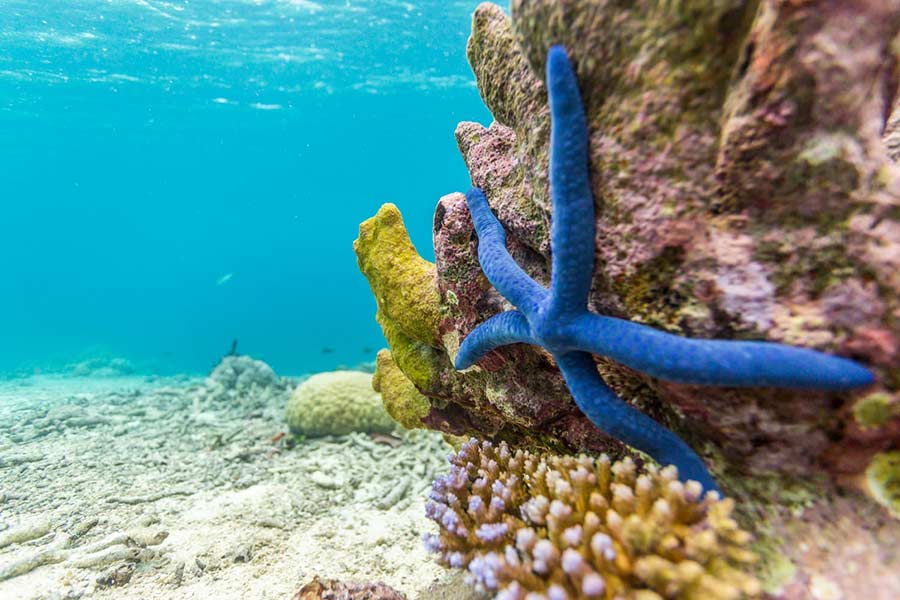
If travellers go south of Ngatokae in the Western Province, they can hire a boat to take them close to Kavachi’s Oven – a very active underwater volcano! Travellers can feel the vibrations and the thrum of the lava-water reaction happening deep down below through the boat’s keel. Naturally, it’s not advisable to go close, but know this – scientists are studying possibly mutant sharks which live inside the volcano! Don’t believe us? Read about ‘Sharkano’ by National Geographic!
Swim with dolphins off Savo island: Yes, do that. It’s a great activity, needs no explanation and a ton of fun. Advice ends.
From sharks in lava-infested depths to wonderful and beautiful waterfalls! After travellers have taken a tour of Honiara, the next trip should be deep into the hinterlands for a day of jungle fun! The starting point for the hike to Mataniko is usually at the village of Lelei. Each side of the hike is around 2-3 hours, but except for short hilly climbs, it’s a pretty stress-free experience. The waterfall cascades down a cliff into a canyon, making for a spectacular sight. And there’s Tenarau falls and Trenches Creek Falls and ….
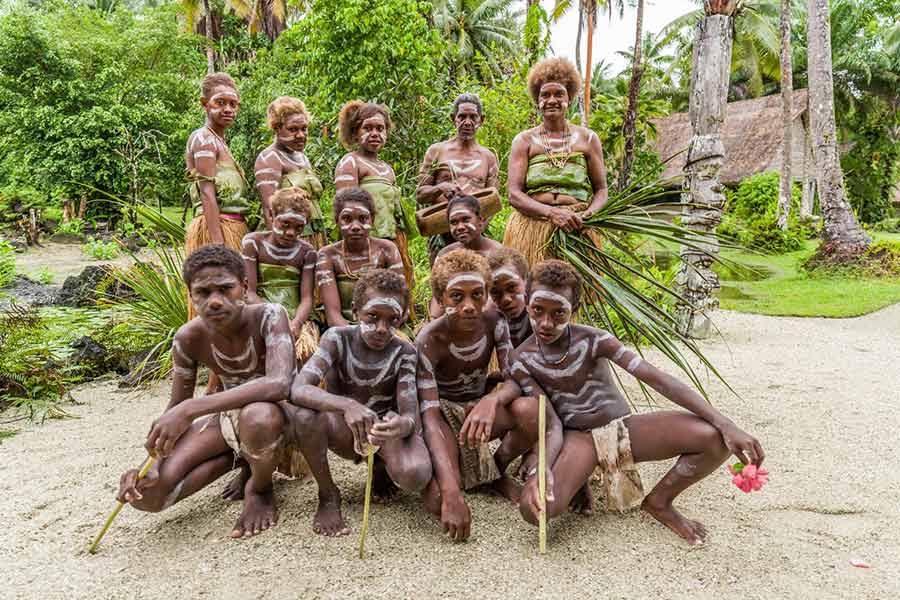
Experience the sweet, slow village life. One of the best ways to get to know a country is to experience how their people live. Ergo, snap up a trip to a traditional village – you’ll get to see how the people live, how the legends, myths and folklore has carried down the years, their culture and traditions and so on. Honestly, it feels like stepping back in time a couple of centuries. Well, except for the fact that villagers back then won’t be sporting mobile phones and jandals. Lilisiana is a typical Solomonian fishing village, with stilted houses and a long golden sand beach within walking distance. And in villages like Bataiasi, travellers also have an option of an overnighter!
Experienced South Pacific travellers will recognise that all of these island countries have their signature dishes which involve root and tuber vegetables like cassava and the local ‘taro’ plant. And some dishes will have carried over thousands of kilometres, will be known under different names and still be the same. Like ceviche, a marinated raw fish recipe – it’s called poisson cru in Tahiti, Kokoda in Fijian and Ike Mata in Cook Islands and… well, it’s not there in Solomons, it was just an example.
But, since we were talking about food favourites, we must mention the luscious poi, which is made with taro roots and a staple in any celebration. It’s got the tag of the national dish, and it’s as simple as its’ delicate taste. Basically boiled and mashed taro,it is flavoured with nothing more than salt and pepper. It can be had fresh as well as fermented, where it is called sour poi! Pair poi with a chicken stew or a curry, it tastes great! And the cassava pudding must be tried earthen-oven style, not in an electric version. The latter takes hours to prep and bake, so it’s better to have it made by a local chef and thank them profusely for the experience!
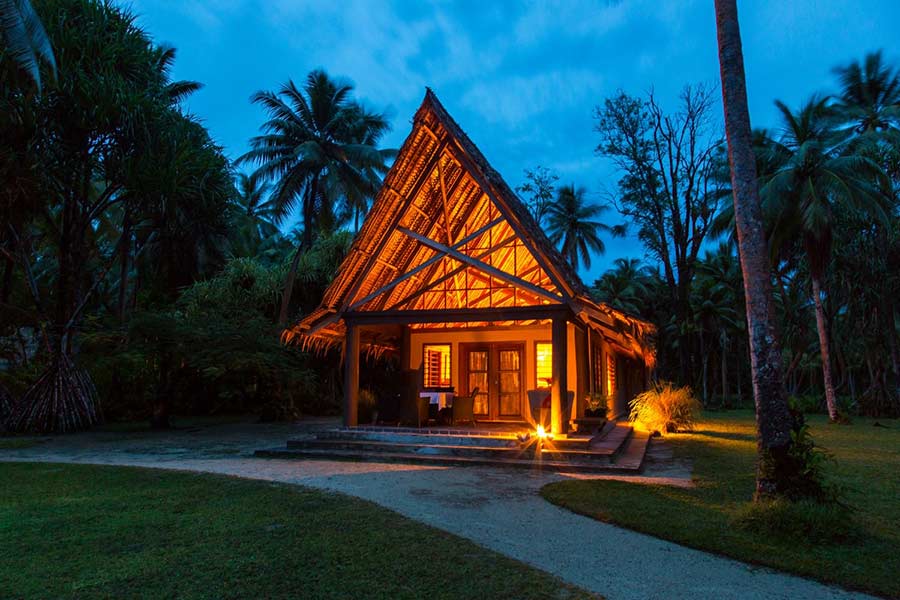
Well these were the top items off our list. As we said, they’re not in sequence and can and should be done in whichever order of convenience – but a holiday in Solomon Islands should include most, if not all of them. The Happy Islands also have a great range of hotels; from easy-going, affordable hotels to barefoot luxury affairs – check out our Solomon Islands page to know more about the destination, its culture, things to do and so on and so forth!
The Solomon Islands are well and truly open for happy holidays – end of update!
Get exclusive access to discounts and deals - Enter your email address, subscribe to our mailing list and earn a $50 voucher to use against your first booking!